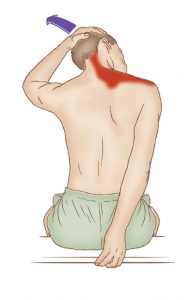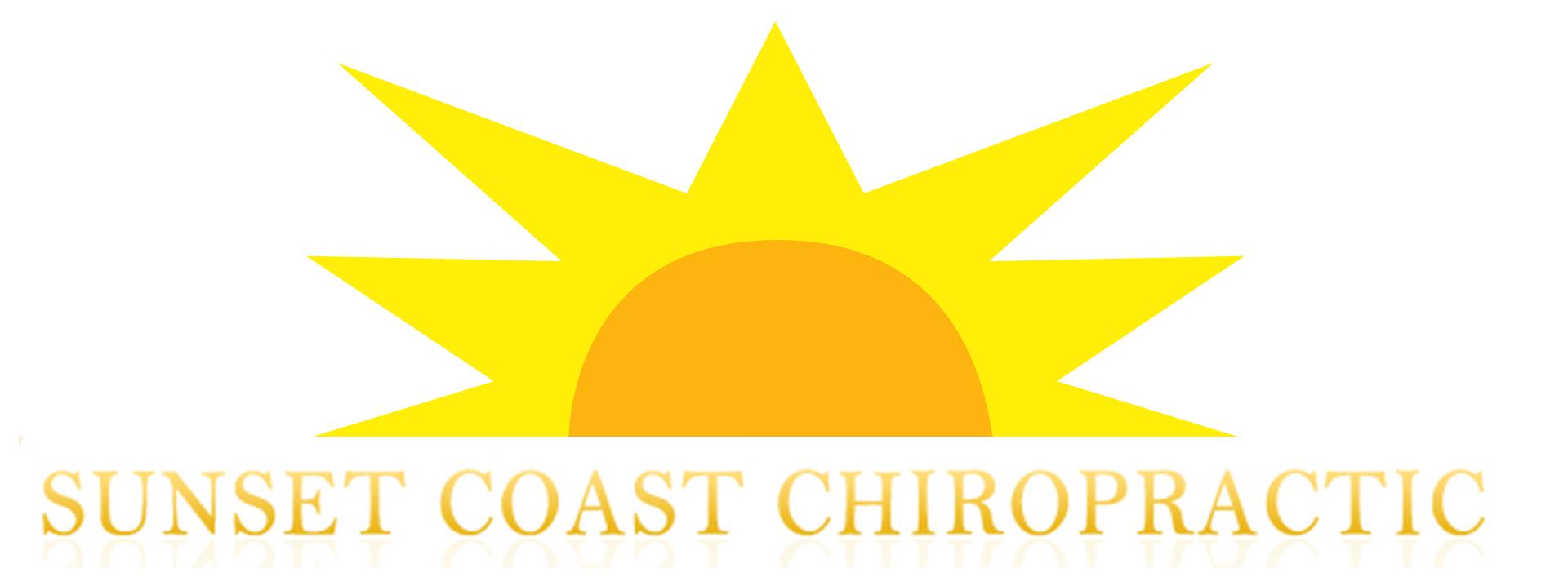Core Stability’ is probably one of the most used and abused terms floating around health clubs, amongst health professionals and personal trainers. Chiropractors are seeing an increasing number of people who have fallen victim to an often misguided approach and undertaken exercise regimes that have led to back pain and/or related hip and leg problems which can be linked to improperly ’training their core’.
‘Core stability training’ has often become mistakenly synonymous with ‘strengthening your abs’ (abdominal muscles). Unfortunately the real implications of research have often been misunderstood and many of the ‘core muscle training’ programmes offered within the gym and fitness industry are poorly conceived and delivered, frequently adopting directives such as ‘suck the stomach in” with the emphasis on ‘pulling in’, ‘holding’ and curling the spine forward.
Overworking the abdominal muscles can create too much tightness around the centre of the body which can adversely affect important aspects of our body, for example, altered spinal posture and difficulty effectively controlling movements of the trunk, can lead to:
- Increasing incidence of low back pain and allied disorders
- Unhelpful and unsupportive breathing patterns
- Neck and shoulder tension and pain
- Stress urinary incontinence
In a healthy spine there is activation of deep core muscles in stabilization of the trunk before the body moves. This interaction between the deep core muscles and the nervous system plays a role in the proprioceptive feedback sent to the brain as we perform activities and undergo our normal activities. Core control is also fundamental in being able to develop functional strength as well as the ability to stretch more effectively and safely without reinforcing unhealthy stresses on the spine.
When you have good core stability, the muscles in your pelvis, lower back, hips and abdomen work in harmony. They provide support to your spine and help transmit increased power and performance for just about any activity. Strong core muscles provide the brace of support needed to help prevent pain and injury.
Towards Wellness: Fight Fatigue with Physical Activity
A little workout goes a long way when it comes to boosting your energy. A 2008 study from the University of Georgia revealed that after only 20 minutes of low-intensity exercise on a stationary bike (comparable to a leisurely walk), participants who had initially reported persistent tiredness had 65 per cent lower fatigue scores.
S-T-R-E-T-C-H of the Month: Trapezius Stretch

In a sitting position, slowly and with ease, draw your right ear towards your right shoulder. You may place your right hand over your head and let it rest on your left cheekbone for slightly more pressure. Hold for 20-30 seconds. Repeat on other side. Perform 3-4x throughout the day.
